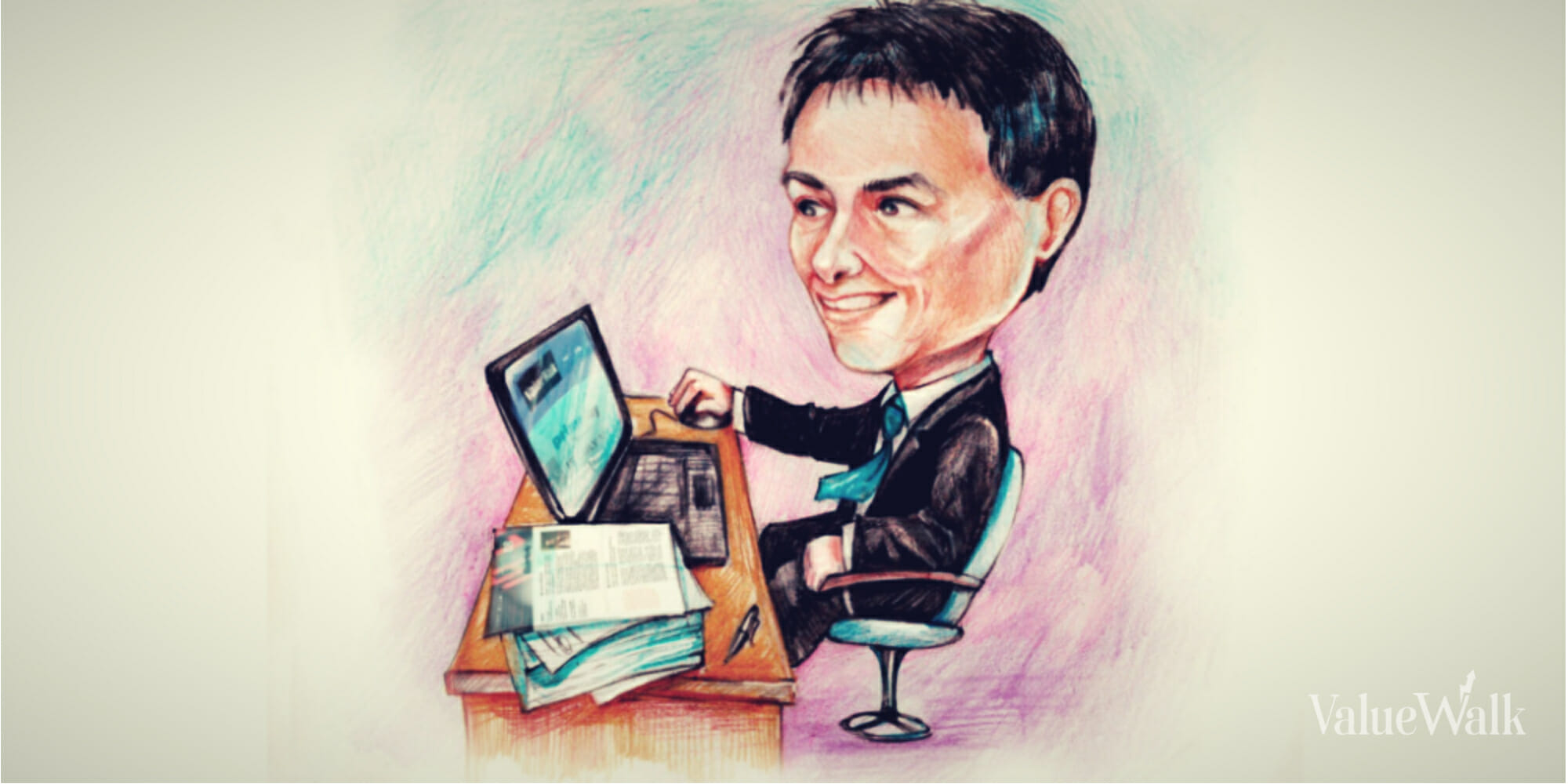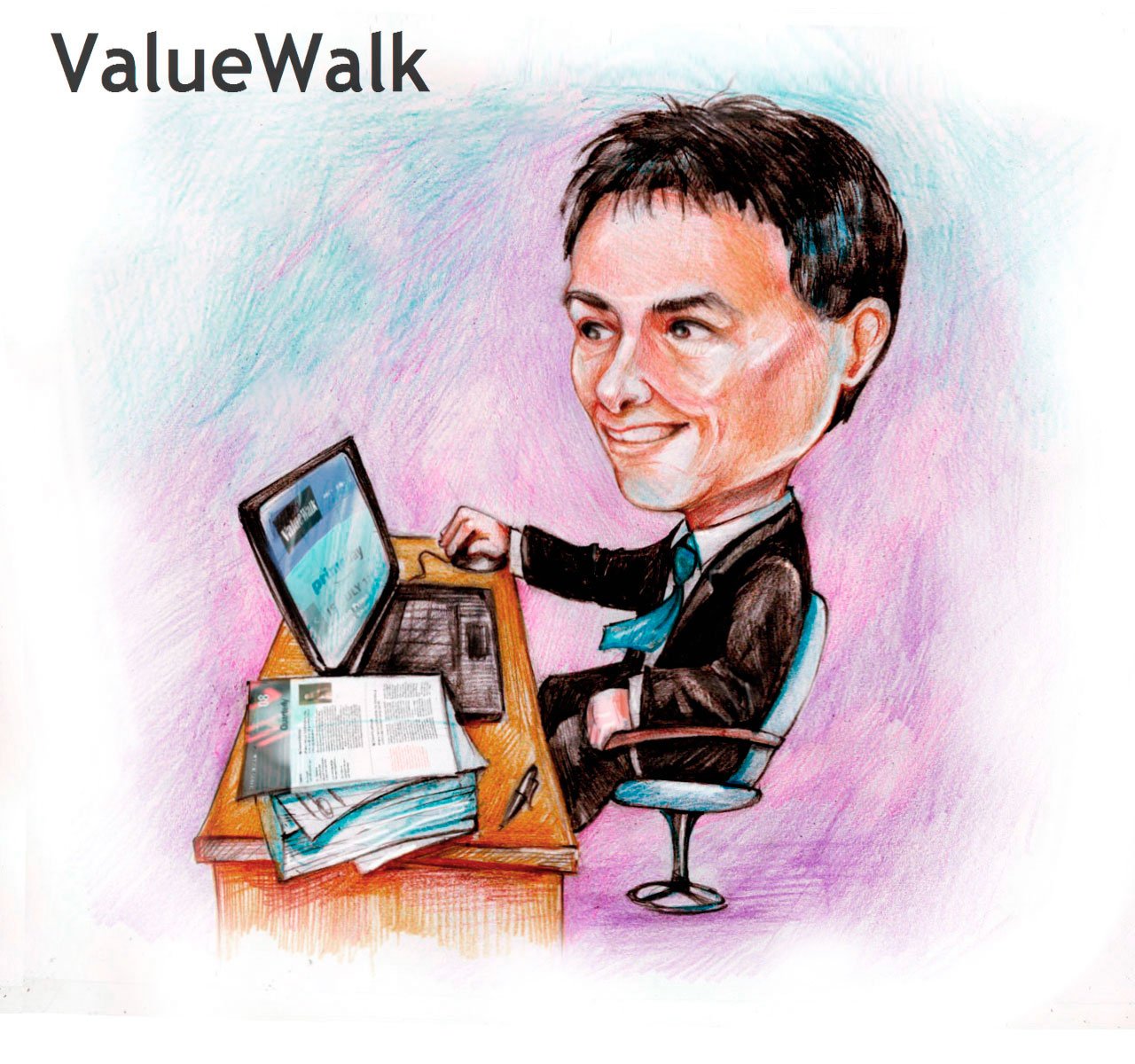Those who have not been a reader for the past 7 years now may not know who “Davidson” is or why his commentary fills these pages so often. His post, at the height of the panic on March 6th 2009 (the day the SPDR S&P 500 ETF Trust (NYSEARCA:SPY) bottomed) told readers he “I would be buying with cash hand over fist if I was not already in” and on March 19th said “The current market is an extraordinary buying opportunity!” proved both highly contrarian and highly accurate. Since then his contributions have soothed readers during short term volatility and provided a roadmap for rational thought.
FAS157 rule was responsible for exaggerating the relatively much smaller sub-prime issue
“Davidson” submits:
Brian Wesbury provided an excellent ‘look-back’ yesterday on his 2008 analysis that the Nov 2007 Mark-to-Market FAS157 rule was responsible for exaggerating the relatively much smaller sub-prime issue. It was during Congressional testimony March 2009 in which Chairman Bernanke said that FAS157 was causing misleading mark-downs of value at lending institutions and amplified fears in the financial system. Barney Frank ended the rule immediately. The equity markets found their bottom that day!!
What this says about markets is that they in truth represent a set of rules which we have implemented over time to ensure that fairness occurs. Rules are changed over time and the markets respond accordingly. If the basis for market pricing changes with our perceptions of which rules we should or not use, then market prices from one period to another are dependent on changing valuation perceptions. The rules are in constant flux as we perceive adjustments are required. FAS157 was one such rule. FAS157 came into effect Nov 2007 after the Enron debacle. We did not know how bad it would distort markets till it exaggerated the market correction in 2008-2009. Then we eliminated it. What does this say then about our use of mathematical analysis of markets?
Since the introduction of Modern Portfolio Analysis under Harry Markowitz in the 1950s, we have applied mathematical analysis to markets with a force of tsunamic proportion. Even with massive use of computing power applied no solution has been revealed where we avoid ‘Black Swans’. The reason for this is quite simple: Mathematical analysis of stock/bond markets does not work! The myriad number of CFAs, CFPs, MBAs and PhDs earned using the current academic based mathematical approach is misdirected. The answer to understanding markets is not found in mathematics, but found in behavioral observation and coming to an understanding that markets reflect human productivity under a set of ‘fairness rules’ which we change from time to time. This is precisely why mathematics cannot work to isolate a market solution.
- · Prices are human value perceptions subject to man made rules!
- · They are not and never will be mechanical measures of value.
- · Math can never be applied to human value perceptions to predict accurate times and prices!
- · Once one knows this, one becomes a better investor!
Add to all this the fact that there are various types of investors who basically fall into two categories, i.e. Value Investors and everyone else. It is the minority of Value Investors who truly know how to judge value. This is the basis for my SP500 Intrinsic Value Index. Everyone else is a market follower believing that the markets are ‘rational’. I hope we all understand that this is not so!! Markets are only rationally priced at the lows when those few Value Investors are buying. The rest of the investing world believes that some ‘Invisible Hand’ magically controls prices and these same investors believe that markets are “Efficient’, ‘Rational’ and therefore understandable through mathematical modeling.
Wesbury’s piece yesterday reveals just how subject markets are to our rules. He spotted this in 2008 as the crash was occurring. He was not alone in seeing this. He does write well about it in this piece and I encourage you to read it. This is why I give the type of advice I do. I obtain useful future insights through my review of market history.
I highly recommend that you read Wesbury’s The Myth of 2008 which is presented in its entirety below.
Brian Westbury’s Myth of 2008: FAS157
Below is Brian Westbury’s piece:
The Myth of 2008
Brian Wesbury Posted on Wednesday, May 28, 2014 @ 11:21 AM
Milton Friedman once said the main reason so many people believe The Great Depression was caused by excess speculation in the private sector, is that “the free market has no press agents. The Government has a great many press agents, and, the Federal Reserve has a great many press agents.” Unfortunately, this means they often have the ability to define history.
This is certainly the case with the Panic of 2008. The government wants you to believe a greedy, stupid and out-of-control free market banking system created the crisis. In reality, it was a simple, but corrosive, accounting rule, called mark-to-market accounting. This rule caused problems with subprime loans to become the first pure financial panic in over 100 years.
There is no arguing with the fact that bad loans were made. And, no one argues that bad loans shouldn’t be marked down. But, when markets froze (in large part due to the accounting rule), banks and other financial institutions were forced to mark-down cash-flowing, performing loans to artificially low prices. These marks amplified the actual losses from bad loans and, like wind on a forest fire, caused the flames to spread.
As Fed Chairman Ben Bernanke said in 2013, “the reason that many of us understated the impact of the subprime mortgage market was because the subprime mortgage market itself was quite small and if you assume that every subprime mortgage in the world went bad, the losses would still not have been in themselves that large.”
“The question, then,” he asked, “is what are the vulnerabilities that would transform what would be a relatively modest mis-valuation or move in asset [prices] into a much broader crisis.”
Ah, yes, that is the question! The Fed conveniently blamed it all on excess leverage and bad management. Fed Governor Kevin Warsh said in 2008 that financial institutions were threatened by “uncertain management teams, and unsustainable business models.”
Timothy Giethner’s new book tells the same tale. Every Fed speech does, too. And because the Troubled Asset Relief Plan (TARP) was pushed by Republican Treasury Secretary Hank Paulson, his book, and those who support him (including many journalists), repeat the same myth.
The only problem with this narrative of history is that it’s light on the facts. The Fed met 14 times in 2008, generated 559,000 words of transcripts, pumped a trillion dollars into the economy, and cut interest rates to virtually zero. But, the crisis went on.
In fact, after quantitative easing started and, after – after – TARP was passed, the stock market fell an additional 40%. Everyone seems to remember the day-to-day volatility of markets during Congressional votes over TARP, but the longer-term trend shows it did not save the economy. As can be seen in the chart above, the stock market continued to decline in spite of multiple and massive Fed actions. And these declines accelerated after QE started and TARP was implemented.
FAS157: QE and TARP added more than enough liquidity
As Dr. Bernanke said, the problem was not the bad loans themselves. QE and TARP added more than enough liquidity to fix the problems in sub-prime, but mark-to-market accounting created a “black hole” that sucked capital out of the system. The government never could have printed enough. Some at the Fed understood, but most ignored the bad accounting rule in favor of the narrative that banks were bad.
The Fed’s 2008 transcripts reveal that mark-to-market accounting was mentioned only 19 times. Eight of those, virtually half, were in December 2008 – the last meeting of the year.
Fed Governor, Elizabeth Duke, who, because of her banking experience, represented banks to her fellow Fed members, said at the December 15-16, 2008 meeting that:
“Every single bank [that she spoke with] was adamant about the evils of mark-to-market accounting…There is a big diversion between market losses and credit losses, so that leads to bankers who are afraid to buy securities because they are worried about further marks…But they are also unwilling to sell securities because they don’t believe that the current market price adequately reflects the potential [actual] credit losses. There is some speculation that the mark-to-market losses will absorb all of the TARP capital that was just injected…” [underlines added]
FAS157: Private investors refused to invest in banks
Private investors refused to invest in banks because mark-to-market accounting represented a threat to solvency. Short-term funding dried up because losses from marking assets down destroyed capital. The Fed took the lack of private capital as a need for more Fed action. Rather than push to change the rule, the Fed consistently decided to use more force, more liquidity, and lower rates. Group think, and possibly a desire to become more powerful, allowed a majority of Fed members to ignore the arguments of many private sector analysts and the banks themselves.
It is not a coincidence that the US economy avoided a panic or depression from 1938 to 2008. Mark-to-market accounting was ended in 1938 by FDR because of the damage it was doing. But, it came back in November 2007, partly in response to Enron and the government-led closure of Arthur Anderson. The accounting profession saw mark-to-market as a way to avoid getting blamed for making mistakes valuing assets.
But the rule itself is pro-cyclical. It causes the good times to look better than they really are, as institutions mark assets up. But it also accelerates downturns, as assets are marked down further and faster, with more uncertainty and volatility than cash-flow itself would value these assets.
FAS157: Mark-to-market accounting
The US did not have mark-to-market accounting in the early 1980s when Savings & Loans, farm banks, oil lenders like Penn-Square (the Countrywide of oil loans), and Latin and South American bond markets collapsed. If mark-to-market accounting had been in existence during the early 1980s, every single money center bank in the US would have been closed.
As it was, thousands of banks still went bankrupt between 1984 and 1994. This puts the lie to the idea that without mark-to-market accounting, banks can just make up values. If a loan stops paying it should be written down. There is no argument about that here. But, in the 1980s, government leaders did not over-react, or panic. They remained patient and calm.
Under Volcker, the Fed actually held money tight – the opposite of QE. There was no Dodd-Frank. The economy recovered relatively quickly. It happened without massive liquidity additions, without TARP, without zero percent interest rates. But in 2008, in spite of all the government action, things kept getting worse and worse, and, of course, government kept blaming it on the banks and the private sector.
What finally ended the Panic of 2008 was a change in accounting rules. Barney Frank’s banking committee announced a hearing on March 9, 2009, held the hearing with the Financial Accounting Standards Board on March 12th, and demanded that overly strict mark-to-market accounting rules be changed. The rules were finally changed on April 2, 2009, but the markets already knew it was coming.
Once the rule was changed, private investment in banks started up again. Asset values rose, and the uncertainty surrounding bank failures subsided. The government has made a profit of at least $160 billion (perhaps as much as $300 billion) from TARP investments – because they were made at artificially low, mark-to-market prices.
FAS157 turned the economy around, Not QE Or TARP
But, it wasn’t TARP, it wasn’t QE, and it wasn’t government spending that turned the economy around. It was fixing a really bad accounting rule. Because so few people believe this, and government press agents have no incentive to spread this narrative, fear and trepidation have accompanied the current economic recovery and bull market every step of the way.
Once the accounting rule was changed, the downward spiral of make-believe accounting losses came to an end. The recovery has been resilient because it has been a real recovery, not one generated by government and Federal Reserve liquidity additions. It’s been a mild recovery because government policies have been so intrusive, but it is a recovery nonetheless.
Unfortunately, the myth of 2008 has cost many investors dearly. The belief that the bad times could return at any moment, not trusting banks, and arguing that it was all just an ephemeral “sugar high” has kept many investors from reaping the rewards of one of the biggest bull markets in history.
The Myth of 2008: FAS157, Not QE Or TARP by ValuePlays





